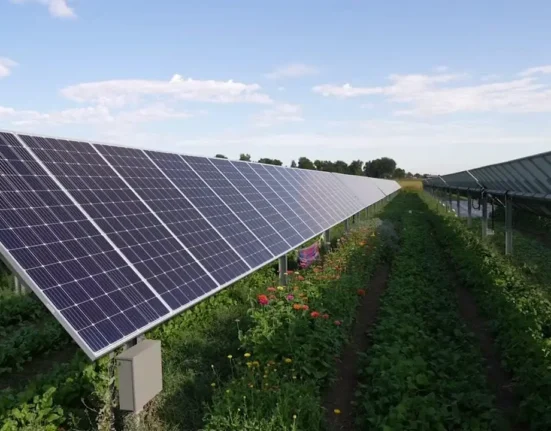The once-dubbed “energy paradise” of Western Australia is facing a dire situation as its electricity grid plunges into a crisis, leaving businesses reeling from skyrocketing power costs. Without the shield of taxpayer subsidies, many customers are grappling with price hikes of up to 50 percent or more, pushing them to the brink and casting doubt on the state government’s plans to phase out coal-fired generators within five years.
Neil Handasyde, an Albany strawberry grower who expanded into food processing and hospitality, is feeling the pinch of escalating energy expenses. Despite investing in solar panels and batteries costing $350,000 to offset costs, he laments that his power bills have still surged significantly over the past year and a half. Handasyde’s predicament echoes that of numerous businesses across Western Australia struggling to cope with the relentless surge in electricity prices.
As Etienne Quayle, an energy consultant with vast experience in the sector notes, businesses that were once able to choose their energy providers for cost savings are now grappling with unprecedented price spikes. The root of this upheaval lies in soaring costs associated with generating and transporting electricity—driven by escalating coal and gas prices—as well as mounting expenses for infrastructure upgrades like poles, wires, and essential backup systems such as batteries.
The ambitious move by the WA government to exit coal-based power generation by 2030 adds further pressure to an already strained system. With almost 30 percent of the state’s electricity still coming from coal plants like Collie and Muja Power Station slated for closure, concerns loom large over whether sufficient alternative capacity will be available to meet demand post-coal phase-out.
While Energy Minister Amber-Jade Sanderson assures a managed transition towards renewables and urges customers to explore better deals in the market, Shadow Energy Minister Steve Thomas highlights systemic failures in planning new generation capacities. Thomas cautions that inadequate provisions could spell doom for businesses already teetering on edge due to exorbitant energy costs.
For Neil Handasyde and countless others navigating through this energy crisis in Western Australia, relief seems distant amidst unabated price surges. As businesses grapple with uncertainty about their future viability amid mounting operational expenses due to inflated power bills, it remains imperative for policymakers and industry stakeholders alike to address these pressing challenges promptly before more enterprises are pushed into jeopardy by unaffordable energy costs.









Leave feedback about this